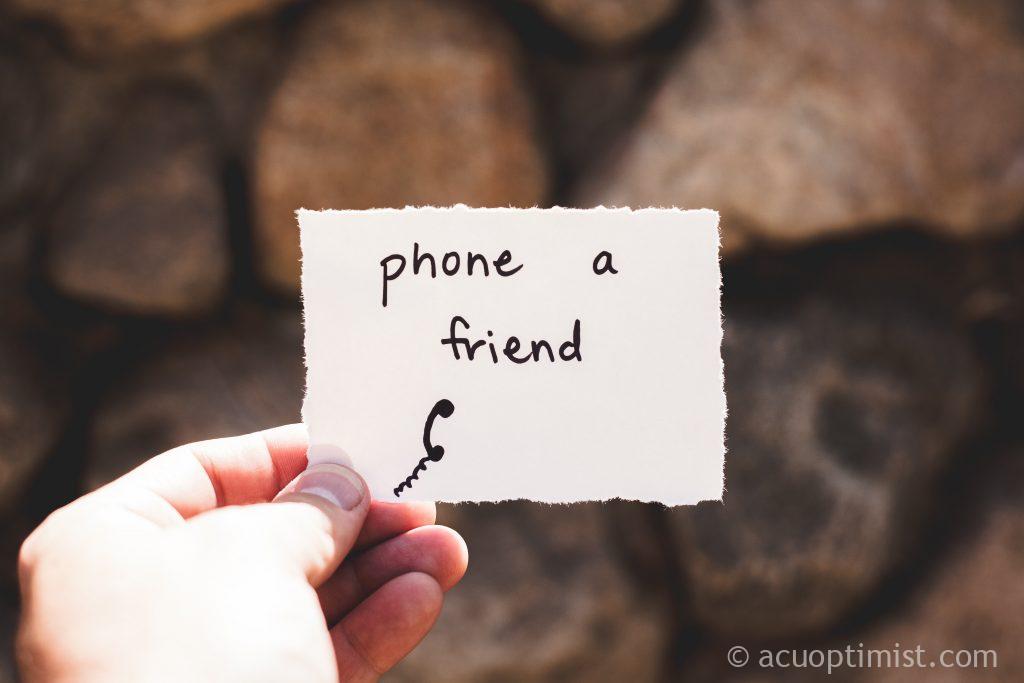Mental illness is more common than it’s ever been, especially among young adults. Odds are, several of your classmates have anxiety, depression or some other mental illness and you don’t even know it. College is a melting pot of people who were raised in different communities and have different backgrounds, and not everyone grew up exactly the same.
I didn’t grow up in a house with two happily married biological parents and a functional family. I wouldn’t take back the way that I was raised, because it led me to the person I am now, but I do have a lot of trauma from my childhood. Growing up with abusive and mentally ill parents was not an easy feat, and it still affects me to this day.
While I generally had very loving parents who did their best to support me, they weren’t always able to do so. Millions of Texans live below the poverty line, and my childhood didn’t escape those statistics.
Less money means more stress and less time with your kids, and as the oldest I had a great time mostly raising myself and my siblings. Since most of my friends in my community where in the same boat, I never felt any different. I only felt different on nights when my step-dad was home and we walked on eggshells and did anything to ensure he wouldn’t explode.
I kept what happened in the explosions to myself, insisting my adolescent brain that I was protecting my family. I got older, noticed more and more how different my family was and realized something had to be done.
When I was sixteen and decided to speak up about the abuse, my step-dad committed suicide.
With stigmas surrounding mental illness, no one talked about it, acting like it was a normal loss. The mix of emotions across me and my family were dizzying, and eventually I conceded to visiting the much dreaded therapist’s couch. What I didn’t know then is that therapy would do for me what I needed more than any casserole or condolence: for someone to tell me that I was not alone, that there were others like me, and that there was a diagnosis for the pain that I felt on the inside.
At sixteen years old, I was diagnosed with Complex Post Traumatic Stress Disorder. I was convinced that the woman was wrong. Sure, I’d had a weird childhood, but PTSD is for military veterans, scarred from combat, right? Some unpleasant parenting surely couldn’t compare to that. I was a straight-A student, in over a dozen extracurricular activities and heavily involved in my church, not a soldier coming in from a tour overseas.
It turns out, stress disorders are more common than you’d think, and they’re not just for veterans. People with Complex Post Traumatic Stress Disorder have PTSD symptoms typically coupled with another mental illness and have experienced trauma over an extended period of time, which is why it is extremely common among child abuse survivors. Coming to terms with the fact that I was worthy of a diagnosis was first, but second was figuring out what I could do to help it.
CPTSD is not COVID-19. It doesn’t go away with two weeks of quarantine. It can be treated by learning triggers, therapy, EMDR and sometimes medication. But all of these things don’t stop me from panicking in the grocery store when I smell Swagger scented Old Spice or having flashbacks when I hear a man yelling. These things will stay with me long after the treatments are gone.
As you go about your day, going to classes, work and home, think about the people around you. They could be feeling anxious, depressed or on the verge of a disassociation so strong they forget where they are. Check up on your friends and neighbors. They may have had a completely different life than you’d ever realize.
And give grace, because you never know what is going on in someone’s head and how your words or actions could affect them.

